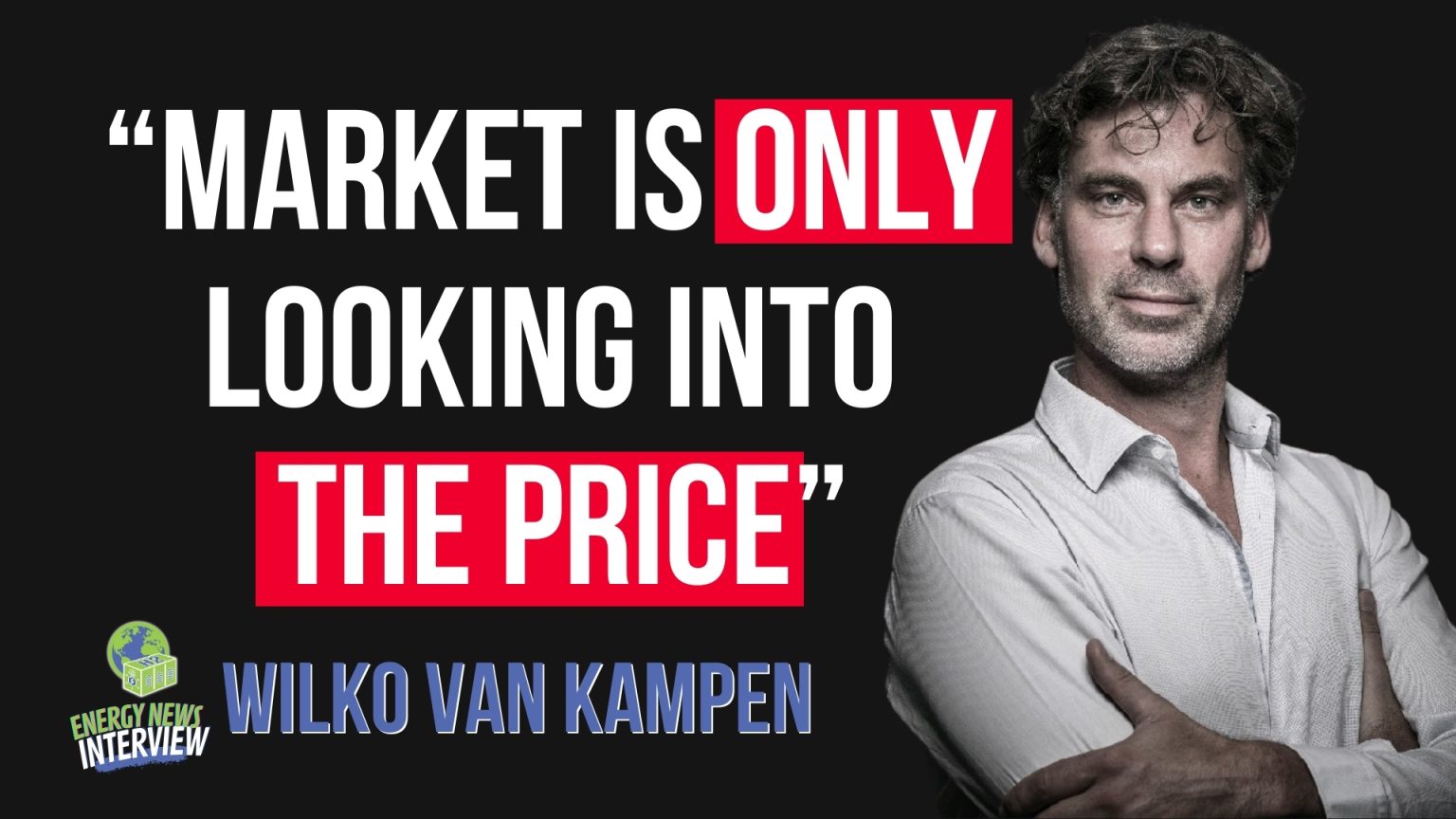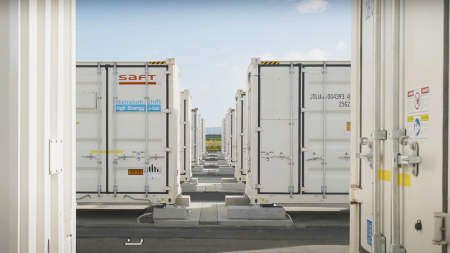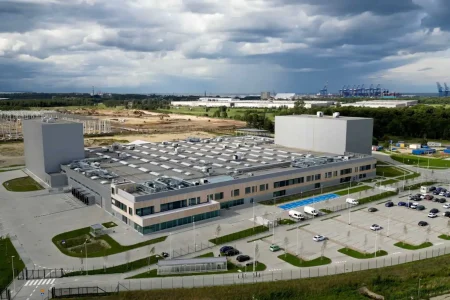In the world of hydrogen innovation, it’s often the massive, government-backed mega-projects that grab headlines. But sometimes, the most transformative ideas come from small, nimble teams willing to rethink the fundamentals. One such company is XINTC, a Dutch startup led by Wilko van Kampen. With a bold vision to build the most affordable modular electrolyzer in the world, XINTC is taking a radically different approach—one that could redefine how and where green hydrogen is produced.
WATCH THE FULL INTERVIEW
Instead of improving on legacy technology, Wilko and his team started with a blank slate. They questioned every assumption baked into the traditional electrolyzer model, including the use of expensive noble metals like iridium and platinum. These materials, long considered essential, actually drive up cost and complexity while offering little advantage in environments powered by renewable energy. XINTC replaced them with smarter, more abundant materials that are not only cheaper but also perform better under the intermittency of solar and wind.
Perhaps the most disruptive design decision was to eliminate power electronics entirely. No rectifiers, no inverters—XINTC’s electrolyzer connects directly to renewable power sources. This simplifies the system architecture, lowers the upfront investment, and improves long-term reliability, especially in off-grid or remote locations where maintenance is difficult and costly. By reducing component count and complexity, the system becomes easier to deploy, cheaper to manufacture, and more resilient in the field.
Wilko believes that the current obsession with giga-scale hydrogen projects is misplaced. These massive developments are slow to build, heavily dependent on uncertain infrastructure plans, and difficult to adapt as needs change. XINTC offers a different model: a modular, standardized electrolyzer that can be deployed today and scaled gradually as power and demand grow. Rather than betting on a centralised future, the company is embracing decentralization, speed, and flexibility.
XINTC stands for eXponentially INnovative Technology Company—a name that reflects its mission to disrupt rather than follow. The team has designed their electrolyzer like Lego blocks: easy to assemble, easy to expand, and built for mass production. One unit can operate independently, or multiple units can be stacked for greater capacity. There’s no need for custom design, no lengthy engineering process—just plug in and start producing hydrogen.
This kind of thinking is essential if green hydrogen is ever to become affordable at scale. Today’s electrolyzers are still too expensive, too complex, and too reliant on customized setups. XINTC is attacking the cost curve head-on, designing not just for performance, but for manufacturability. Their product is light, fast to install, and uses optimized plastics instead of heavy industrial metals, all while meeting the necessary durability and safety standards.
Their secret weapon isn’t brute-force manufacturing—it’s strategic simplification. Rather than compete with China on cost per gigawatt, XINTC is creating a product that’s ready to go, with shorter lead times, smaller footprints, and fewer moving parts. This agility makes them especially appealing to markets that don’t have the time or infrastructure for conventional hydrogen projects.
The company is also betting big on standardization. Just as solar panels and battery packs became global commodities through design uniformity, XINTC is pushing for hydrogen hardware that can be manufactured and shipped like any industrial product. That’s the only way to move from demonstration projects to real-world impact.
While others chase ports and pipelines, Wilko sees real opportunity in less developed regions—places like Eastern Europe, Africa, and Latin America—where renewable potential is high but grid infrastructure is lacking. These markets are primed for modular, decentralized solutions. XINTC’s system can turn local solar or wind into clean hydrogen with minimal supporting infrastructure, making energy independence a tangible possibility.
Another key advantage is water flexibility. XINTC’s electrolyzer doesn’t require industrial-grade water treatment. Rainwater, tap water, and river water are all usable, lowering barriers even further for remote or under-resourced communities.
Their early pilot projects are already underway, and investor interest is growing. XINTC claims to have achieved the lowest cost per kilogram of hydrogen in real-world operating conditions—an important distinction in an industry often reliant on theoretical projections. The company is also securing TÜV and CE certifications to ensure they meet the demands of industrial buyers and public procurement standards.
Ultimately, XINTC’s vision is about more than just a better electrolyzer. It’s about changing the way the world thinks about hydrogen. By turning green hydrogen from a complex infrastructure project into a simple product, they are making it accessible, affordable, and scalable. It’s a lesson borrowed from the solar industry—when you make something modular, standardized, and easy to use, it scales fast.
Wilko van Kampen and his team are betting that the future of hydrogen isn’t in sprawling centralized hubs, but in everyday use cases, in every corner of the world. The revolution, they believe, won’t come from a billion-dollar mega-facility—it’ll come from a box you can deploy tomorrow.
And if they’re right, that box may just change everything.








